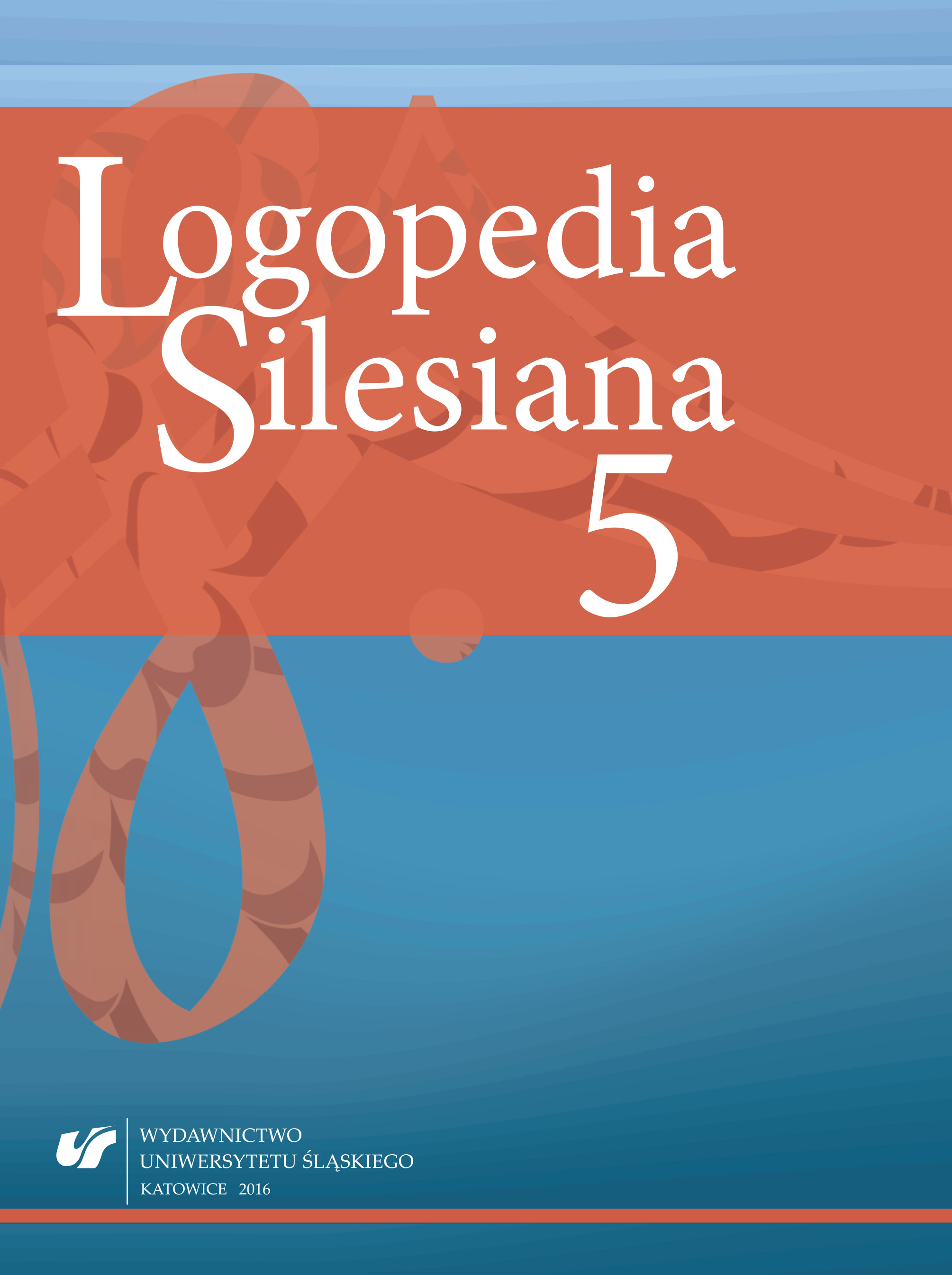References
Adler S., Beckers D., Buck M.: PNF w praktyce. Ilustrowany przewodnik. Warszawa, DB Publishing 2014.
Google Scholar
Arkuszewska C.: Zespół Melkerssona‑Rosenthala mylnie rozpoznawany jako nawracający obrzęk Quinckego. ,,Postępy Dermatologii i Alergologii” 2007, nr 4, s. 202–205.
Google Scholar
Bochenek A.: Anatomia człowieka. Tom 5: Układ nerwowy obwodowy. Układ nerwowy autonomiczny. Powłoka wspólna. Narządy zmysłów. Warszawa, PZWL 1989, s. 212–221.
Google Scholar
Jakubowicz O.: Trudności związane z diagnostyką zespołu Melkerssona‑Rosenthala – opis przypadku. ,,Postępy Dermatologii i Alergologii” 2009, nr 3, s. 165–170.
Google Scholar
Sobjanek M.: Zespół Melkerssona‑Rosenthala. Opis przypadku i przegląd piśmiennictwa. ,,Postępy Dermatologii i Alergologii” 2008, nr 1, s. 43–47.
Google Scholar



 10.31261/LOGOPEDIASILESIANA
10.31261/LOGOPEDIASILESIANA